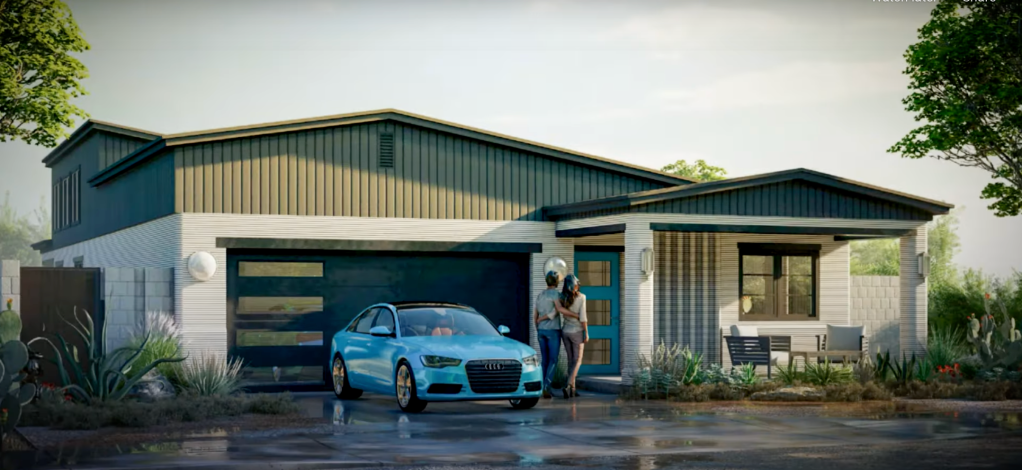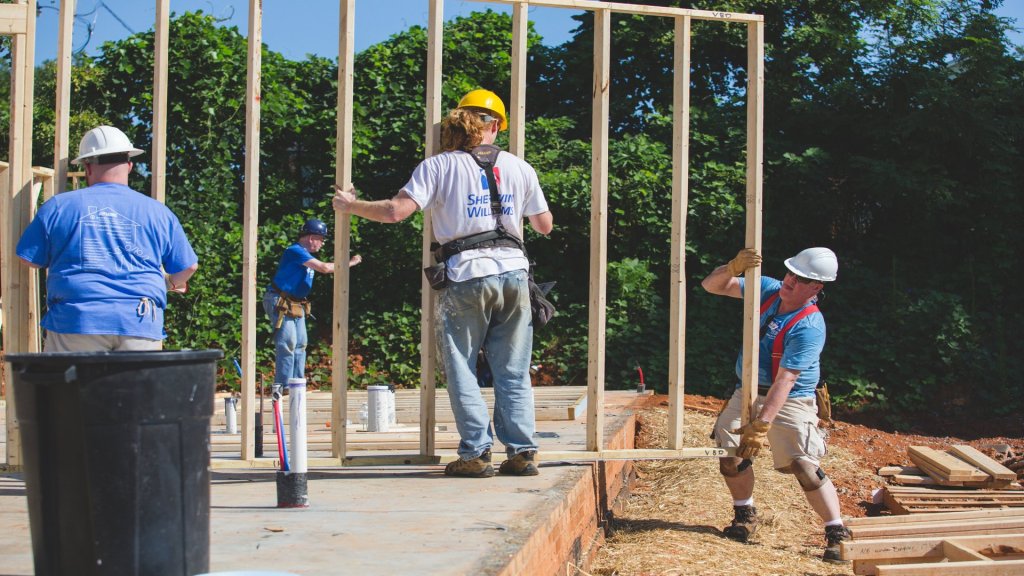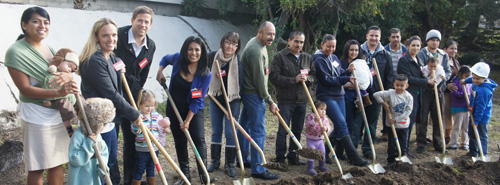3D-Printed Housing
Habitat for Humanity, Tempe
Habitat for Humanity is leading the way on innovative housing solutions. The Tempe branch is exploring 3D-printed ranch-style homes to address a growing need for housing. The flagship structure demonstrates the efficiency and beauty of combining conventional and 3D printer construction. It takes a village to print a 3D house The three-bedroom, two-bathroom house was […]


